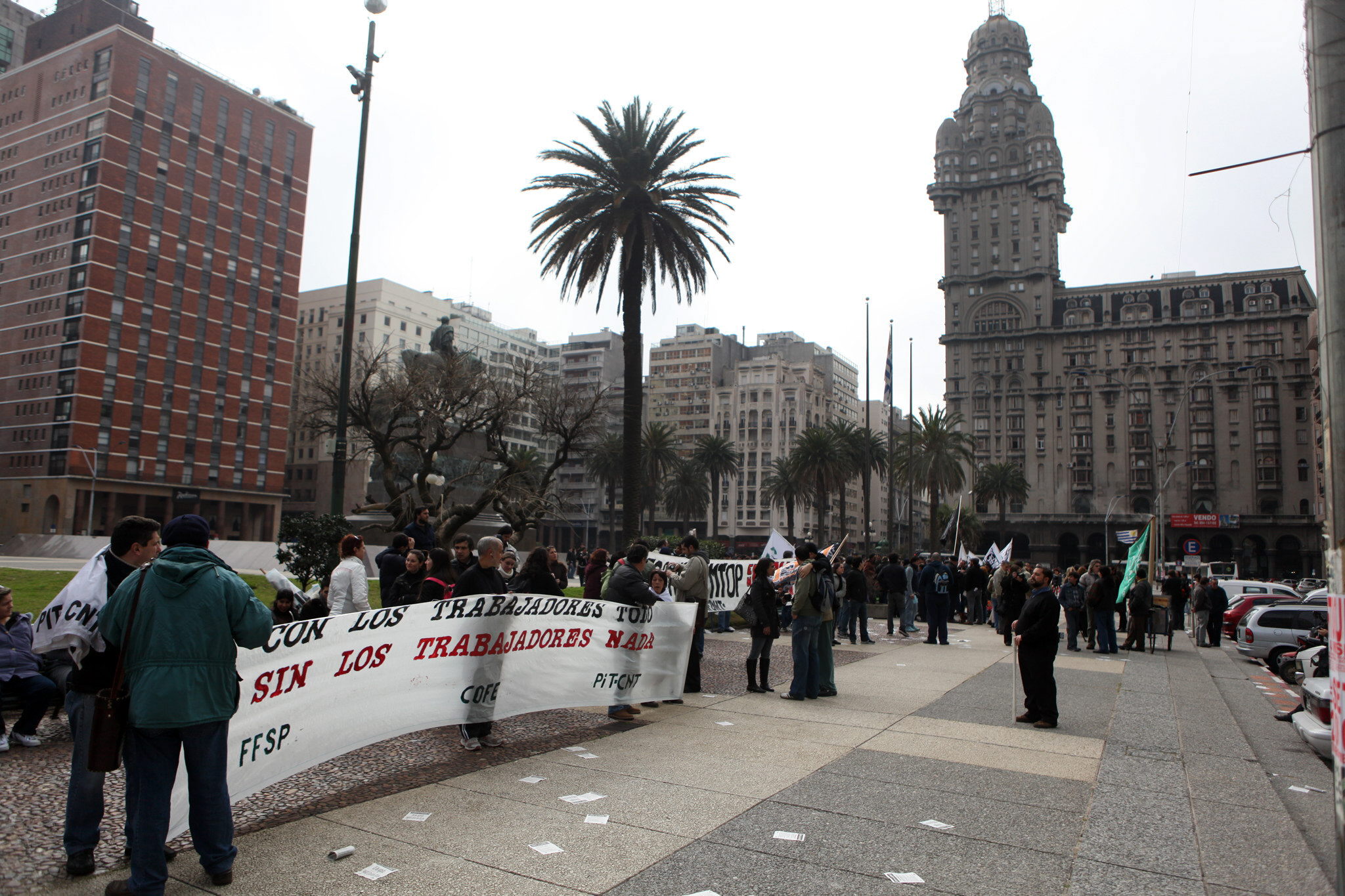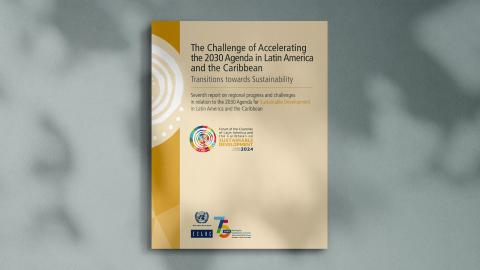Press Release
Uruguay’s unemployment insurance program has low coverage among the total number of unemployed salaried workers (5.9% in 2014) due to the high percentage of those people who work in informal conditions, without a right to this benefit, and because many formal workers do not meet the requirements for accessing it, the Economic Commission for Latin America and the Caribbean (ECLAC) concludes in a new study.
The document Analysis of Unemployment Insurance in Uruguay (only available in Spanish), borne of a technical cooperation agreement between ECLAC and Uruguay’s Ministry of Economy and Finance, describes the characteristics of that program, the evolution of its coverage, its utilization by companies and the profile of its beneficiaries, and compares the Uruguayan case with other countries’ current regimes.
Unemployment insurance in Uruguay is activated for three reasons: dismissal, work stoppage and a reduction of 25% or more in the hours or days worked. The Social Security Bank (BPS, in Spanish) is in charge of administering this insurance, while the Ministry of Labor and Social Security is responsible for the program’s design.
To access this benefit, a person must have worked at least six months during the last year and be involuntarily unemployed. The benefit can be received for a maximum period of six months, although in the case of people above 50 years old it may last up to one year. To receive it again, twelve months must have passed from the last time it was paid out.
Private salaried workers are the only ones who have a right to unemployment insurance. This leaves out people who are in other employment categories, such as public salaried workers (who have stability guarantees) and employers and independent workers with and without facilities (in this last case, those who carry out their activities without having a physical place of work or investment in machinery and equipment).
The report reveals that the coverage rate of workers who classify as unemployed in the household survey varied between 2.4% and 6.2% during the 1991-2014 period. In that last year, the figure was 5.9%.
Among the rest of the unemployed workers who did not receive the insurance in 2014, 15.1% were looking for a job for the first time, 27.6% had been unemployed for more than a year, and 10% had been unemployed for between six months and a year. In addition, another 41.5% of unemployed workers had been jobless for less than six months, but even so they did not receive the insurance.
According to the document, there are two explanations for this. Firstly, 6.3% of the unemployed people were not private salaried workers, and therefore did not have a right to the insurance. And, secondly, although 35.2% were private salaried workers, 15.8% did not contribute to social security and so they could not access that benefit either.
The study also shows that there is great heterogeneity in the use that companies make of unemployment insurance, with greater use in the manufacturing industry, construction, and transportation and storage.
However, within each area a high proportion of companies that never used the program coexists with a smaller group that did use it intensively. The enterprises that have used the program the most tend to be smaller and older, and have less unequal salary structures and a smaller turnover of employees.


